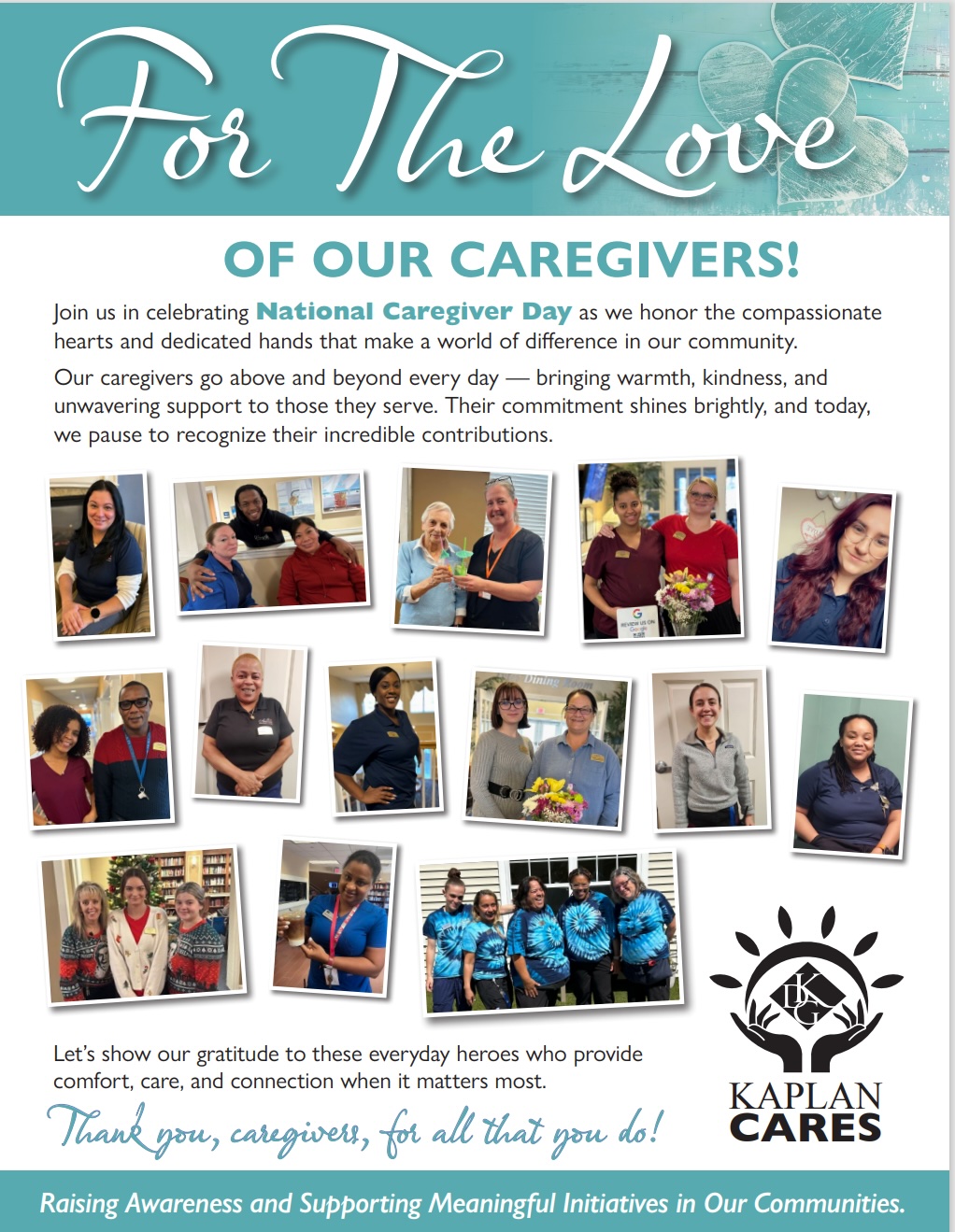Maintaining proper nutrition becomes increasingly important as we age, and fiber plays a crucial role in supporting overall health and well-being. Many seniors fall short of their daily fiber intake, missing out on benefits that could improve their quality of life.
Simple ways to boost fiber intake include adding fruits, vegetables, and whole grains to every meal and snacking on fiber-rich options like nuts and seeds. Choosing high-fiber cereals or incorporating beans into meals can also make a big difference. Senior living communities are also a viable solution for increasing fiber intake, as our chef-prepared meals promote healthy eating and nutrition.
What Is Fiber?
Fiber is a type of carbohydrate that your body can’t digest or absorb. Unlike other carbohydrates that break down into sugar molecules, fiber passes through your digestive system relatively intact. This unique characteristic is what makes fiber so beneficial for your health.
Types of Fiber
There are two main types of dietary fiber, each offering distinct health benefits:
- Soluble Fiber dissolves in water to form a gel-like substance. This type of fiber can help lower blood cholesterol and glucose levels. You’ll find soluble fiber in foods like oats, beans, apples, and carrots.
- Insoluble Fiber doesn’t dissolve in water and adds bulk to your stool, helping food pass more quickly through your stomach and intestines. This type is found in whole grains, nuts, beans, and vegetables like cauliflower and potatoes.
Both types of fiber are essential for optimal health, and most high-fiber foods contain a combination of both.
Why Is Fiber an Important Part of Your Diet?
Fiber offers numerous health benefits that are particularly valuable for older adults. Let’s explore the key reasons why fiber should be a priority in your daily nutrition plan.
Digestive Health
As we age, digestive issues become more common. Fiber acts as a natural digestive aid, helping to keep your system running smoothly. Insoluble fiber helps prevent constipation, a common concern among older adults. Regular fiber intake promotes healthy bowel movements and can reduce the risk of developing hemorrhoids and diverticular disease.
Soluble fiber feeds the beneficial bacteria in your gut, promoting a healthy microbiome. This is particularly important for seniors, as gut health has a direct impact on immune function and overall well-being.
Regulates Blood Sugar
Fiber plays a vital role in managing blood sugar levels and cholesterol, both of which are critical concerns for many seniors. Soluble fiber slows down the absorption of sugar, helping prevent blood sugar spikes after meals. This is especially beneficial for seniors with diabetes or prediabetes.
Weight Management
Maintaining a healthy weight becomes more challenging with age due to changes in metabolism and activity levels. Fiber can be your ally in weight management. High-fiber foods are typically more filling and satisfying, helping you feel full with fewer calories. This natural appetite control can prevent overeating and support healthy weight maintenance.
High-Fiber Foods to Consider
Incorporating a variety of high-fiber foods ensures that you get both types of fiber and keeps your meals interesting and flavorful.
- Fruits are excellent sources of fiber and natural sweetness. Apples with their skin, pears, berries, and oranges are particularly high in fiber. Keep the skin on fruits when possible, as much of the fiber is concentrated there.
- Vegetables should be a cornerstone of your high-fiber diet. Broccoli, Brussels sprouts, artichokes, and sweet potatoes are fiber powerhouses. Green leafy vegetables like spinach and kale also contribute to your daily fiber goals.
- Whole grains provide substantial amounts of fiber along with essential nutrients. Quinoa, brown rice, whole wheat bread, and oatmeal are excellent choices that can easily replace their refined counterparts.
- Legumes are among the highest fiber foods available. Beans, lentils, and chickpeas are versatile ingredients that can be added to salads, soups, and main dishes.
What to Consider When Adding More Fiber to Your Diet
Increasing your fiber intake requires a thoughtful approach to avoid digestive discomfort and ensure a successful outcome.
- Increase Gradually: Your digestive system needs time to adjust to higher fiber levels. Start by adding one high-fiber food per day and slowly increase over several weeks. This gradual approach helps prevent bloating, gas, and stomach discomfort.
- Drink Plenty of Water: Fiber works best when it absorbs water, so increasing your fluid intake is essential when you add more fiber to your diet. Aim for at least eight glasses of water daily to help fiber do its job effectively.
- Listen to Your Body: Pay attention to how different high-fiber foods affect you. Some people are more sensitive to certain types of fiber than others. If a particular food causes discomfort, try reducing the amount or trying a different high-fiber option.
How Senior Living Communities Promote Proper Nutrition

Senior living communities recognize the importance of proper nutrition and often offer comprehensive dining programs tailored to meet the specific nutritional needs of older adults.
Professional Chef-Prepared Dining
Professional senior living communities typically employ trained chefs and nutritionists who create balanced menus that naturally incorporate high-fiber foods. These meals are crafted to be both nutritious and delicious, making it easier for residents to maintain healthy eating habits without the stress of meal planning and preparation.
Communities like Bentley Assisted Living at Branchville offer chef-prepared meals served restaurant-style three times daily. Our dining program ensures that residents receive balanced nutrition tailored to their individual dietary needs and restrictions, eliminating the guesswork associated with proper nutrition.
Dietary Accommodations
Dietary accommodations are a crucial aspect of senior living dining programs. Professional communities work with residents and their healthcare providers to ensure that special dietary needs are met, including high-fiber diets for digestive health, low-sodium options for heart health, and diabetic-friendly meals for blood sugar management.
Taking the Next Step Toward Better Nutrition
Bentley Assisted Living at Branchville understands that increasing your fiber intake is one of the most significant steps you can take for your health and overall well-being. Start small, be consistent, and remember that every high-fiber food you add to your diet is a step toward better health.
Contact us today to learn more about our dining program and how we cater to dietary needs and preferences, ensuring every meal is healthy, delicious, and enjoyable.





